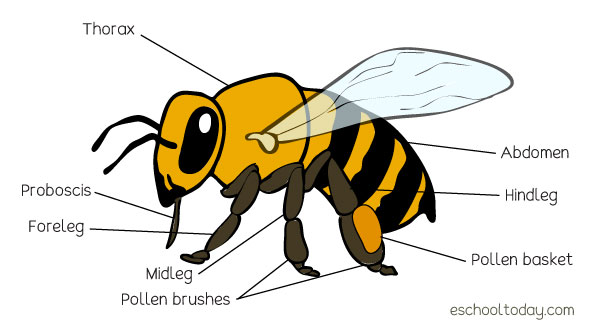- Pollination
Honey Bees and Coevolution
The big deal about honey bees is that they have some cool things about how they have evolved together with other flowering plants.
First, let us consider this important word: Coevolution.
It is the process by which two organisms that depend on each other evolve structures and behaviors over time to help them benefit from each other. As in the case of the honey bee and a plant called Brassica, these two living things have been great friends for ages. The honey bee enjoys nectar and pollen grains from the flower, and the flower gets pollinated in the process.
When a bee sees a flower-rich in nectar and pollen, it can bookmark it. It can clearly remember the flower’s shape, color, and smell. Therefore it can easily detect all the flowers of that species around. It will move from flower to flower and eat as much nectar as possible. A colony of bees will collect as much as 44 to 110 pounds of pollen in a season.
Honey bees can see the blue, ultraviolet, and yellow light best. Many honeybee pollinating flowers have these colors. Some flowers even have special markings (only bees see this sign) that point the bees to the center of the flower where the nectar is.
Additionally, these flowers have a landing pad (the petal structure is perfectly arranged at the right place for the bee to perch on). Unlike hummingbirds who suck nectar even when they are in flight, bees need to stand to eat nectar.
Pollen from the brassica plant is very sticky and heavy, but the hairs on the body and legs of the honeybee make it perfectly adapted to collect pollen and brush the grains off into the basket.

You can tell that as bees are happily enjoying and collecting all the nectar and pollen grains from flower to flower, it is almost certain that these tiny pollen particles will surely be in contact with a waiting stigma, ready to be pollinated!
Source: 1. VEGETATIVE PROPAGATION TECHNIQUES. PERRENIAL CROP SUPPORT SERIES, JALALABAD, AFGHANISTAN. Page 9, Publication No. 2007-003-AFG November 18, 2007 https://www.sas.upenn.edu/~dailey/VegetativePropagationTechniques.pdf Accessed on 20 Sept 2017
